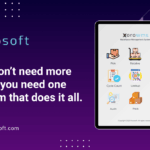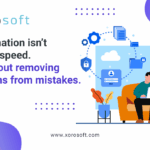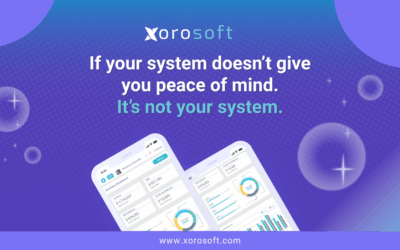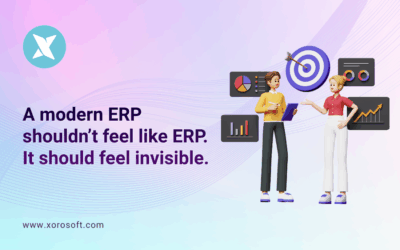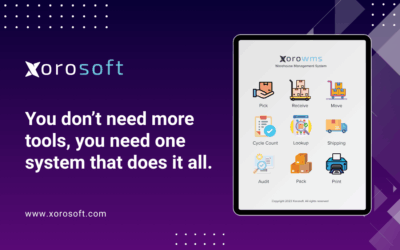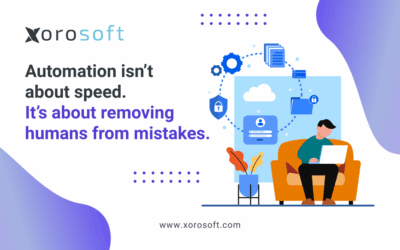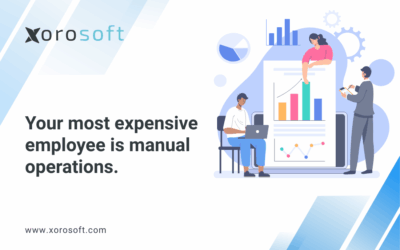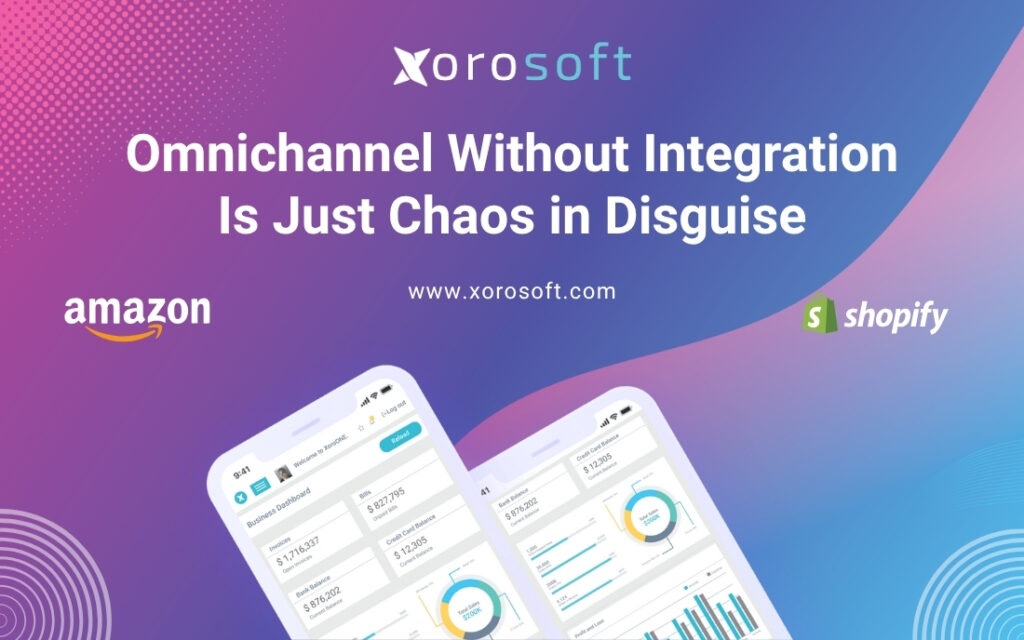
Omnichannel ERP Integration Is the Missing Piece
Every fast-growing business dreams of becoming truly omnichannel—selling across Shopify, Amazon, retail outlets, distributors, and even direct-to-consumer. On paper, it sounds like a dream scenario. But in reality, without omnichannel ERP integration, this kind of growth often creates more problems than it solves. As a result, you end up juggling disconnected systems, manually updating inventory across platforms, and watching errors pile up as your team scrambles to keep everything aligned. Instead of scaling smoothly, you’re stuck putting out fires caused by systems that were never designed to work together. Furthermore, that pressure only compounds as your channels grow.
When Disconnected Channels Create Operational Disasters
Let’s be honest—if you’re using separate systems for each sales channel, you’re probably firefighting every day.
Here’s what usually happens:
-
A customer buys a product that’s already sold out on another channel.
-
Your warehouse ships the wrong item because your WMS didn’t sync in time.
-
Your finance team spends three extra days reconciling mismatched reports.
All of this leads to missed SLAs, delayed shipments, angry customers, and exhausted employees.
Worse yet, these breakdowns become more frequent as you scale. In fact, more orders mean more systems to update, more chances for error, and less time to actually grow the business.
It’s not just frustrating. It’s expensive. And without proper integration, it only gets worse.
The Real Reason This Keeps Happening
The core issue? Most businesses adopt tools as quick fixes, not as a long-term strategy.
You start with QuickBooks. Then you add an inventory app. After that, maybe a shipping tool. At first, it works—until volume increases and those disconnected apps become bottlenecks.
What’s missing is true omnichannel ERP integration—a single system that connects everything and gives you real-time visibility.
Without it:
-
Inventory lives in isolation.
-
Your team manages procurement manually.
-
Your fulfillment process often causes errors.
-
Accounting lags behind operations.
Because none of your systems talk to each other, you’re left managing silos with duct tape and hope. Over time, that hope runs out.
How Omnichannel ERP Integration Changes the Game
This is where everything shifts.
With a fully integrated ERP built for omnichannel, every part of your operation stays in sync:
-
Inventory updates in real time, across all channels.
-
Orders are routed efficiently to fulfillment.
-
Procurement gets automated triggers based on demand.
-
Your accounting reflects every transaction immediately.
Consequently, your team stops scrambling. Moreover, your data becomes reliable. As a result, your customers get what they ordered—on time. Instead of chaos, your business finally operates like a single, well-oiled machine.
This isn’t just integration. It’s clarity, speed, and confidence baked into every process. Above all, it allows you to scale without losing control.
Why Xorosoft Is Built for Omnichannel Success
At this point, you might be wondering: What’s the right platform to make this work?
That’s where Xorosoft ERP comes in.
Unlike legacy ERP systems that require heavy customization or clunky bolt-ons, Xorosoft is designed specifically for today’s omnichannel businesses.
Here’s what sets it apart:
-
Real omnichannel ERP integration: Connects Shopify, Amazon, EDI, 3PLs, and more—natively.
Explore it on Shopify → -
Built-in WMS: No bolt-ons. Your warehouse, inventory, and fulfillment all work from the same source of truth.
-
Real-time data flow: Inventory, procurement, and accounting update instantly across every department.
-
Multi-channel and multi-currency support: Run global operations without breaking a sweat.
-
Cloud-native, API-rich: Deploy fast, scale faster, and automate across your tech stack.
-
Highly rated by users: Ranked #1 in Ease of Use on G2 and recognized as a High Performer in ERP.
Xorosoft isn’t just another system to add. Instead, it’s the system that removes the need for all the others.
Instead of stacking more tools, you consolidate into one powerful platform that actually helps you scale. In addition, you reduce errors, improve visibility, and drive smarter decisions across your business.


